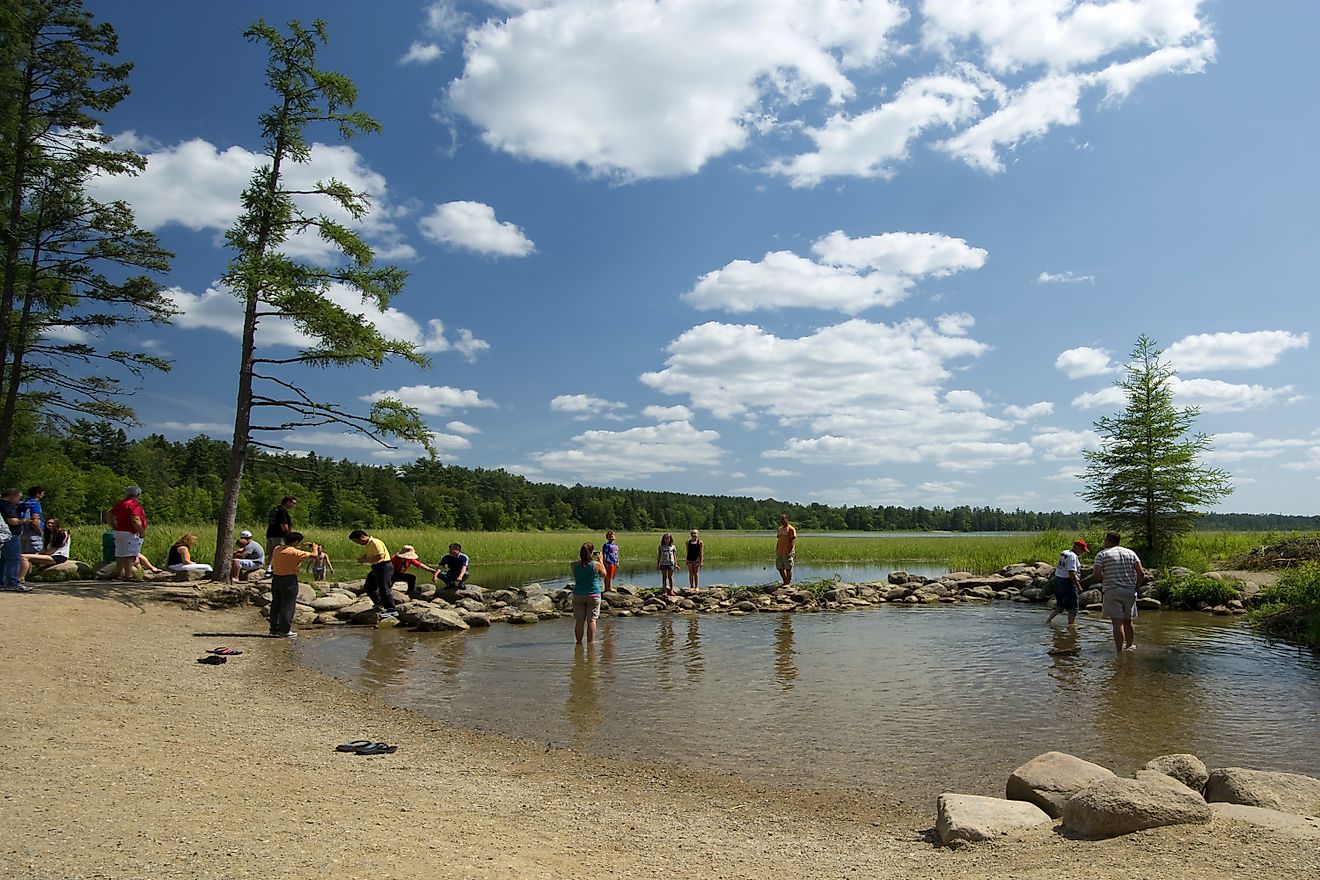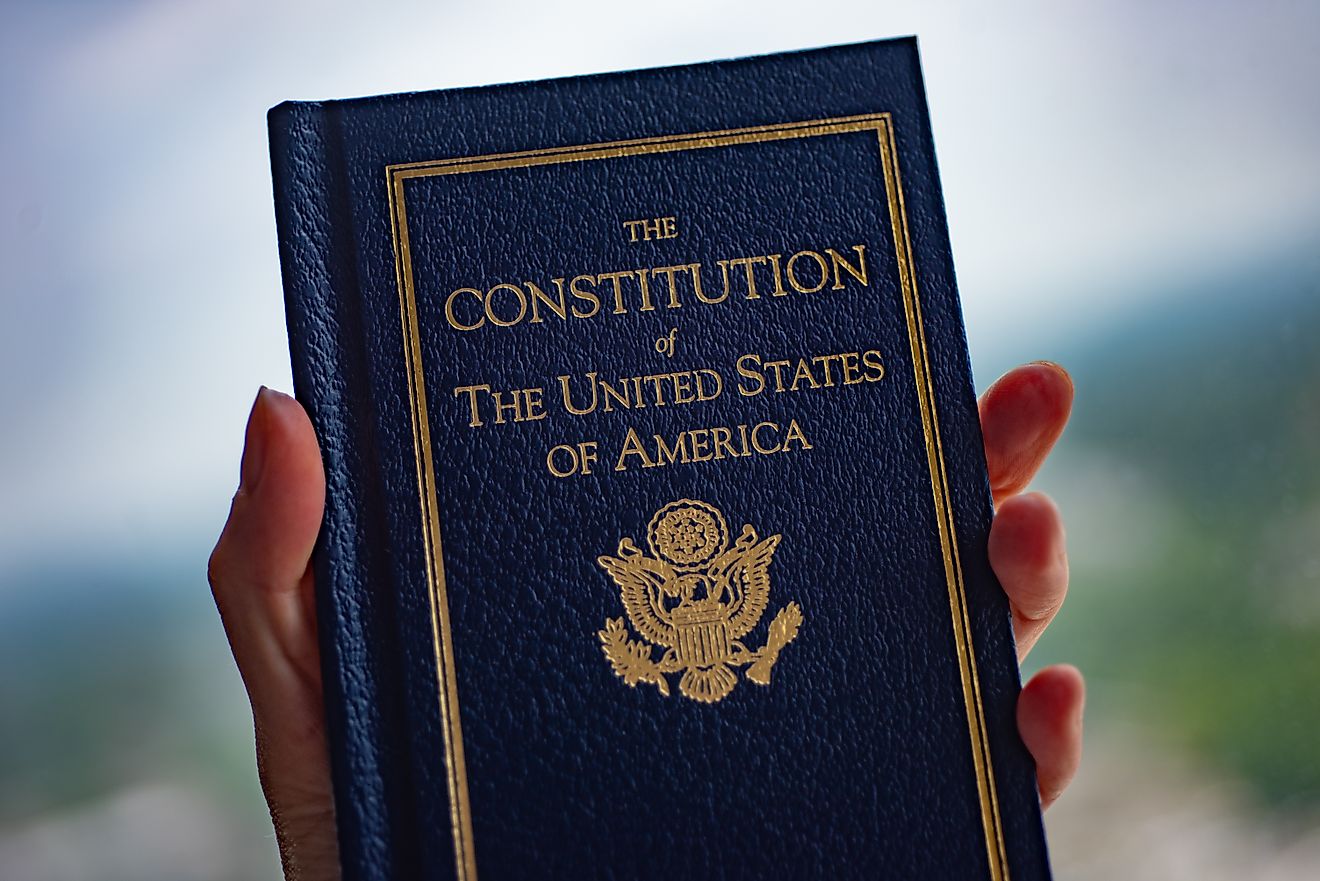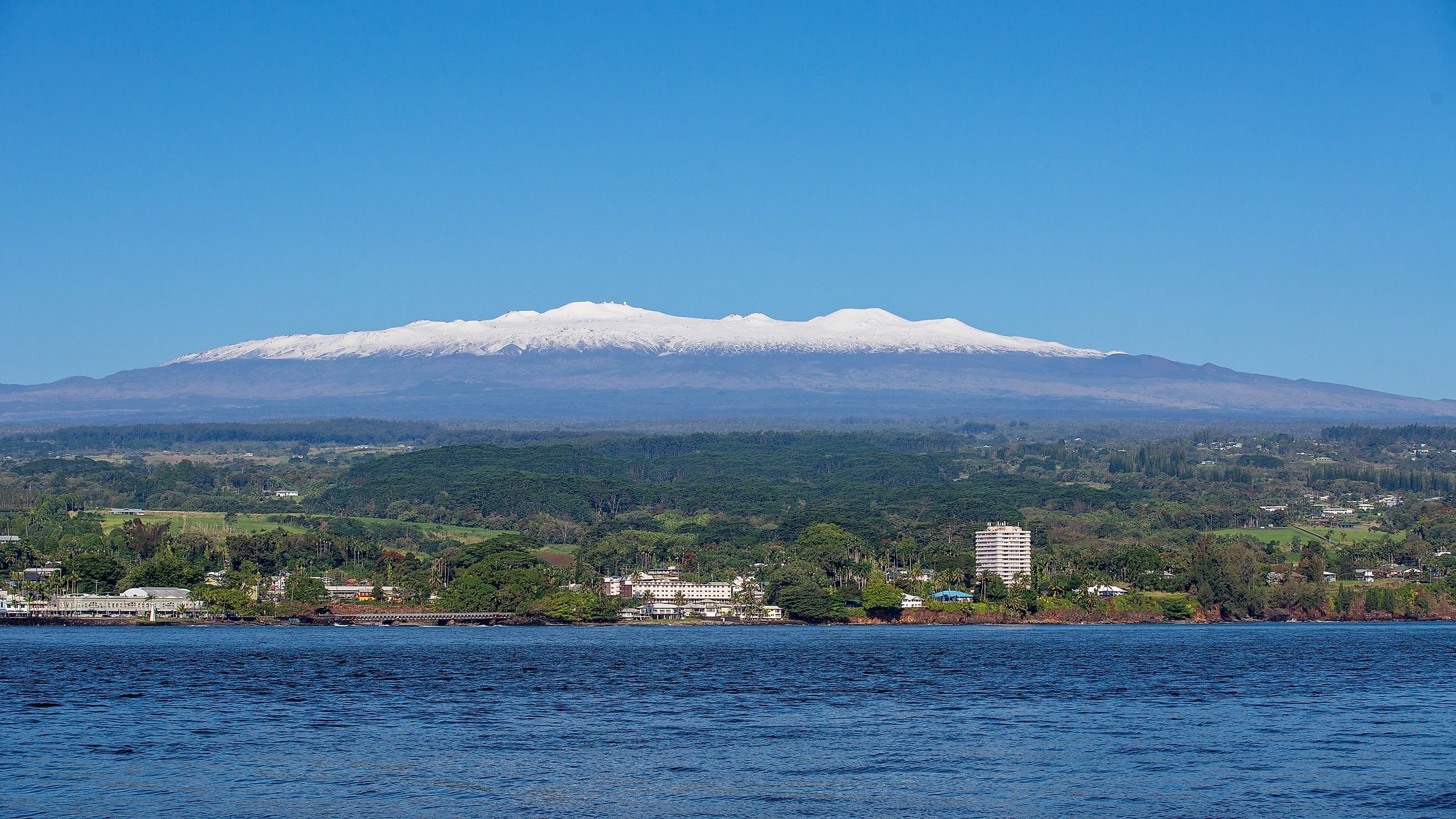
Does it Snow in Hawaii?
When you think of Hawaii, lush palm trees, sunny beaches, and waves crashing are what come to mind. Snow might not be the first thing that pops into your head, but believe it or not, Hawaii does experience snow! Before you picture snow-capped palm trees, let’s dive into the surprising world of Hawaiian snowfall and uncover why this tropical paradise has its own winter wonderland.
Climate Overview
Hawaii is renowned for its temperate climate, often described as "tropical," characterized by warm temperatures year-round. The islands enjoy an average temperature of around 70 to 80°F, with only minor fluctuations between seasons. The unique geography of the Hawaiian archipelago, including volcanic peaks and coastal plains, creates microclimates that add complexity to its weather patterns.
Hawaii's climate is driven by its trade winds, which bring moisture from the Pacific Ocean, resulting in lush rainforests on the windward side of the islands and arid conditions on the leeward side. Despite the generally warm and sunny disposition, Hawaii’s higher elevations are where the real climatic surprises occur.
Where and Why It Happens
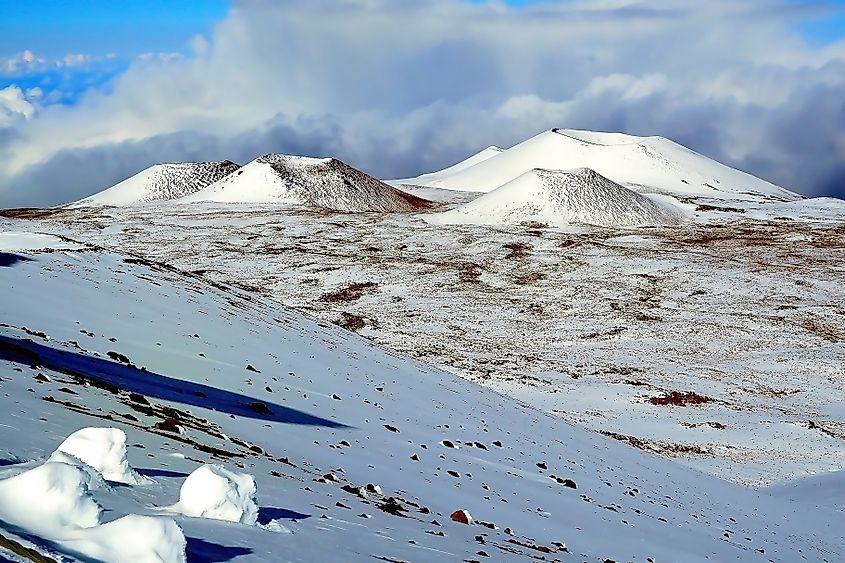
Hawaii Big Island Mauna Kea summit snow.
Snow in Hawaii isn’t about snowball fights on Waikiki Beach. It’s a phenomenon confined to the state’s highest peaks. The two most prominent locations where snow appears are Mauna Kea and Mauna Loa on the Big Island. These towering volcanoes reach elevations of over 13,000 feet, well above the typical tropical climate.
The snow on these peaks occurs during winter months, particularly from November to March, due to high-altitude cold snaps. When a cold front moves through, temperatures on these summits can plummet below freezing, creating the right conditions for snow to form. Despite being in the tropics, the high elevation leads to temperatures low enough for snow rather than rain.
Its Impact on Locals
For locals, the sight of snow is both a novelty and a source of fascination. While it might seem unusual, many Hawaiians embrace the rare event as a special occurrence, especially because it doesn’t disrupt daily life. Snowfall in Hawaii is more of a whimsical addition to the landscape rather than a major inconvenience.
However, for those living at lower elevations or in coastal regions, snow is a distant concept. The novelty of seeing snow on a Hawaiian mountain peak can spark a sense of wonder. Snow also offers locals an opportunity to engage in activities that are typically foreign to them, such as building snowmen or going sledding.
A Tourists’ Delight

Hawaii Big Island Mauna Kea road observatory.
For tourists, the prospect of seeing snow in Hawaii adds an unexpected twist to their island adventure. The chance to experience snow while surrounded by tropical flora is a unique and memorable experience. Many visitors find the contrast between the snowy peaks of Mauna Kea and the lush, warm surroundings of the island fascinating.
Winter visitors to the Big Island might plan their trip with the hopes of seeing snow and experiencing the best of both worlds—tropical beaches and snowy mountain tops. Local tour operators sometimes offer excursions that combine visits to these snowy peaks with other Big Island highlights, such as volcano tours or stargazing at the Mauna Kea Observatories.
Notable Occurrences
Hawaii’s snowy peaks have seen some remarkable snowfall events over the years. For instance, in January 2018, Mauna Kea experienced a significant snowstorm that blanketed its summit with over a foot of snow. This event drew attention from both local residents and travelers, who flocked to witness the rare sight of a snow-covered Hawaiian landscape.
Another notable instance occurred in February 2021 when a winter storm delivered a thick blanket of snow to Mauna Kea and Mauna Loa, creating stunning vistas and attracting photographers eager to capture this unusual juxtaposition of snow and tropical scenery.
Tips for Visitors Embracing the Snowy Spectacle
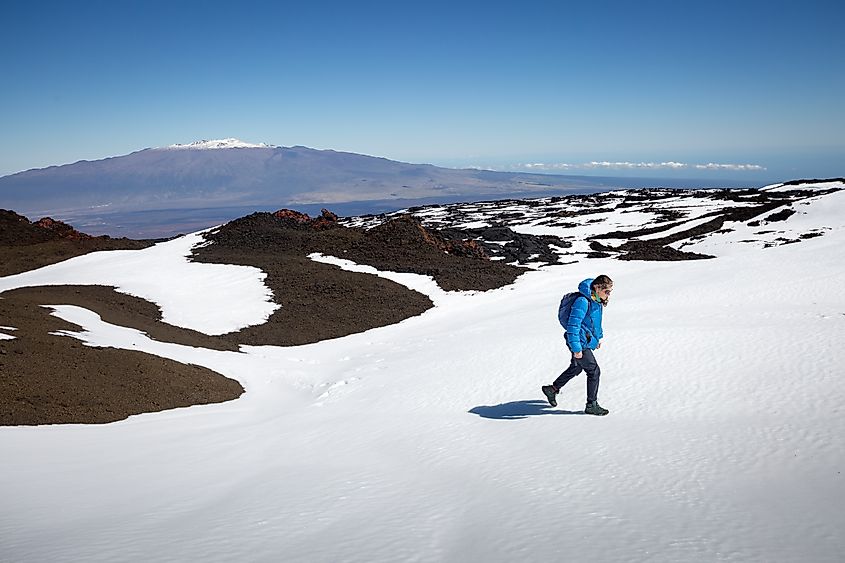
If you’re planning a trip to see the snow in Hawaii, here are a few tips to ensure you make the most of your frosty adventure:
-
Check the Weather Forecast: Snowfall in Hawaii is sporadic and weather-dependent. Keep an eye on the forecast for the Big Island to increase your chances of witnessing snow.
-
Dress Appropriately: The weather on the peaks can be cold and windy, so pack layers, including warm clothing and sturdy shoes.
-
Plan for Altitude: Be aware that high altitudes can affect breathing and physical comfort. If you’re planning to visit the summit, take it slow and stay hydrated.
-
Respect the Environment: The snow-capped peaks are delicate ecosystems. Follow local guidelines to minimize your impact on these pristine areas.
Conclusion
Hawaii’s snow-covered peaks offer a fascinating contrast to the islands' otherwise tropical climate, proving that even paradise has its surprises. While snow in Hawaii is rare and confined to its highest elevations, it brings a unique charm to the islands that both locals and tourists can appreciate. Whether you’re a local marveling at the frosty peaks or a traveler soaking in the unusual juxtaposition of snow and surf, Hawaii’s snowy wonders remind us that nature can defy expectations in the most delightful ways. So next time you think of Hawaii, remember: paradise can be a bit frosty too!
